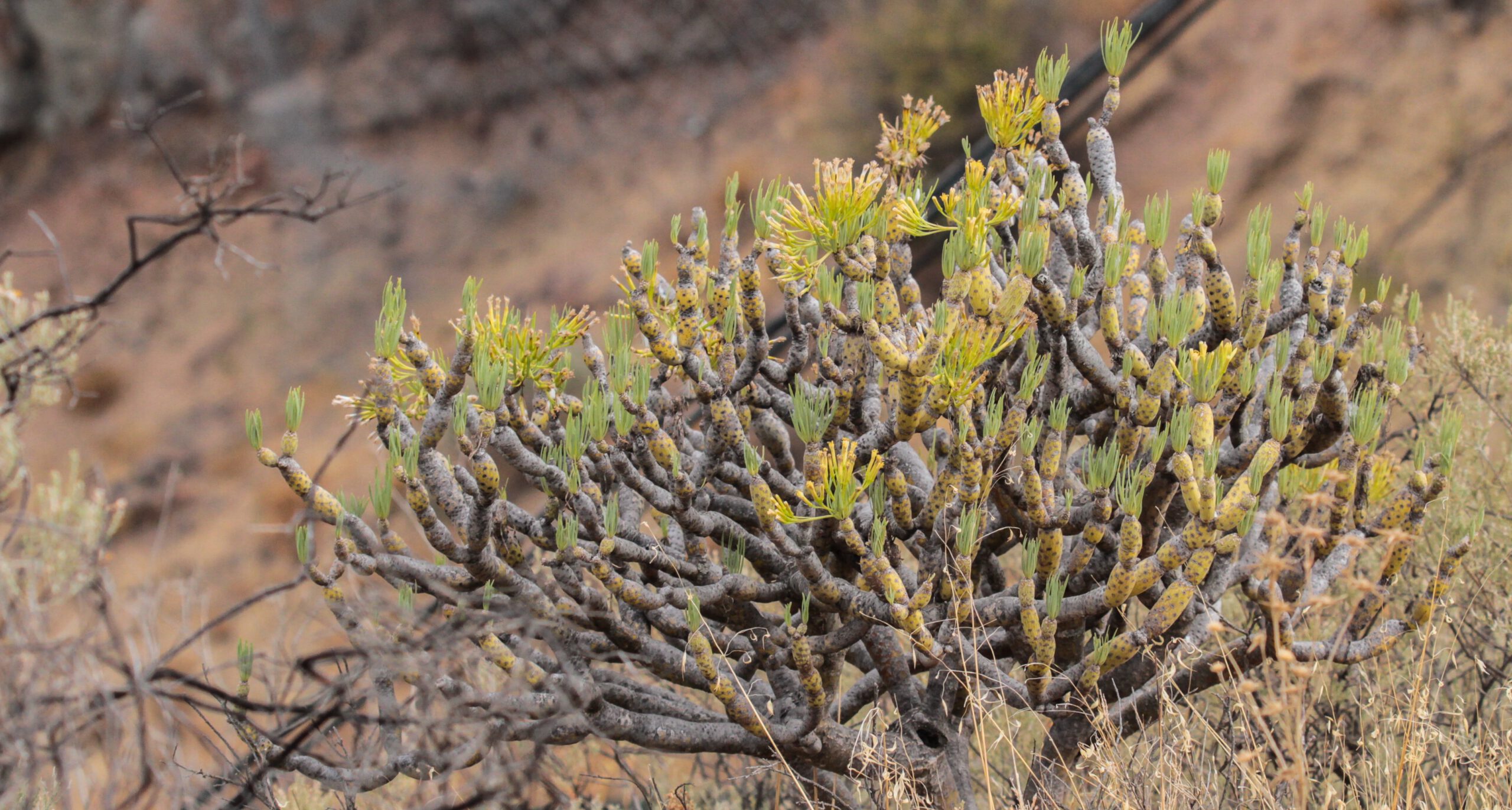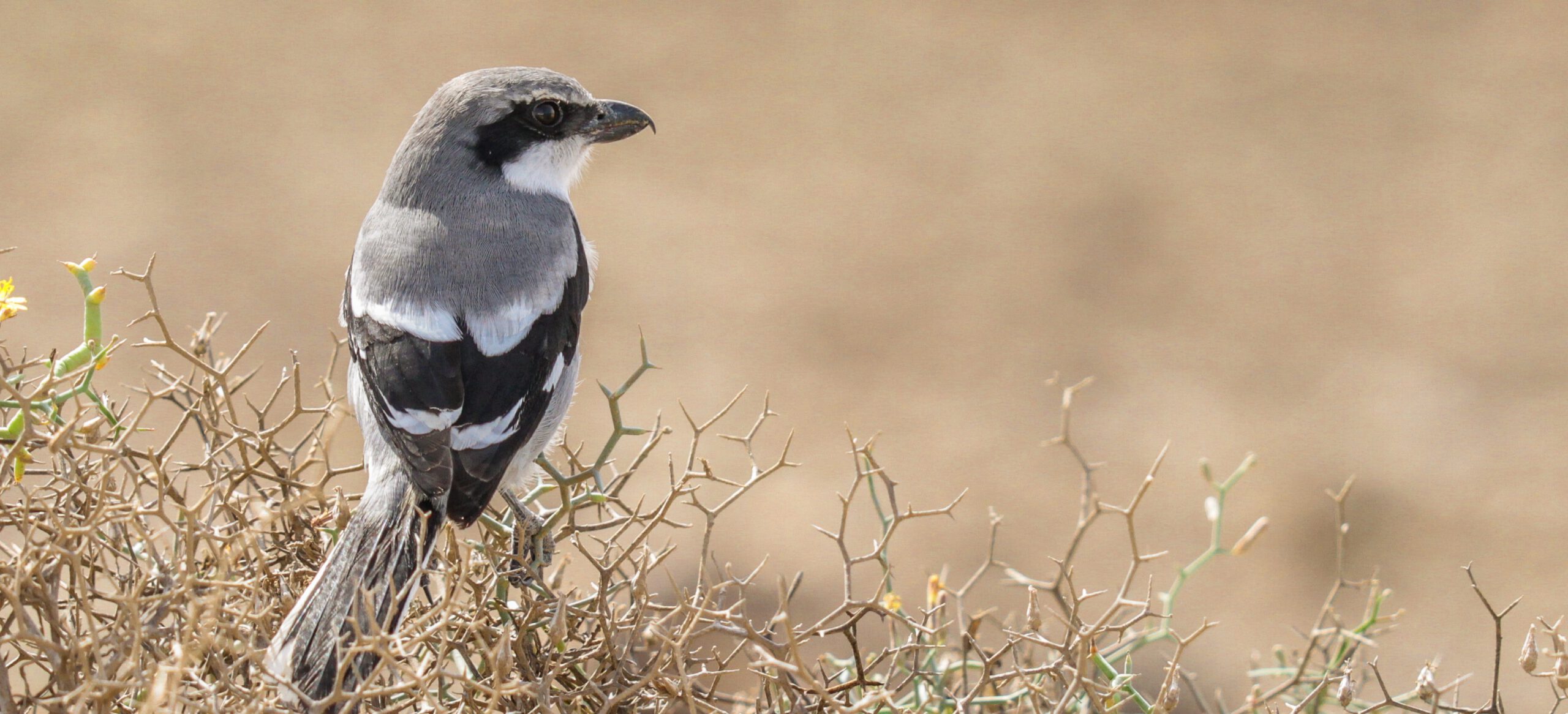Water shortage is the core characteristic of steppe and desert landscapes, which are much dryer than the lusher savannah grasslands. As a result, plant growth is strongly limited or even absent, and plants that do occur have adaptations to deal with drought in their ecology and life cycles, such as seeds that can survive long dry periods. Similarly, animals have to cope with dry spells, but also with food (plant) shortages, varying quality of food plants and low predictability of when conditions may improve.


Local water sources are of vital importance, and animals may migrate over great distances to find water. Few animals are adapted to store water as fat, but more can stack food items whenever it is available. Predators may follow their prey, and lie in ambush at waterholes. During the night deserts can be surprisingly cold, and many animals are especially active under the cover of darkness.
Find out below how the straw-like feathers of a sandgrouse, the pink glow of a great bustard and the night-vision of a stone-curlew make a desert life possible!
Animals of deserts & steppes
available soon
Great bustard
Sandgrouse
European roller
European bee-eater
Stone-curlew
Pharaoh eagle-owl

